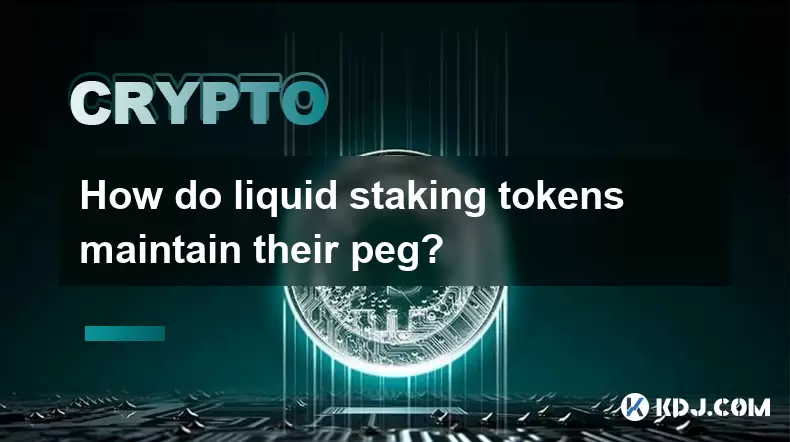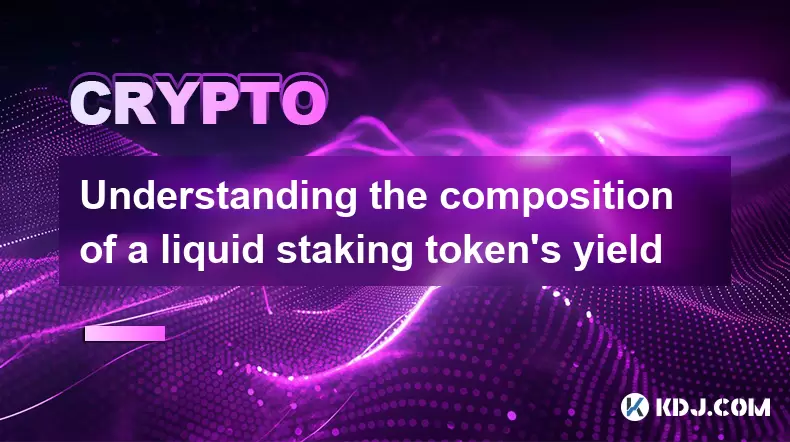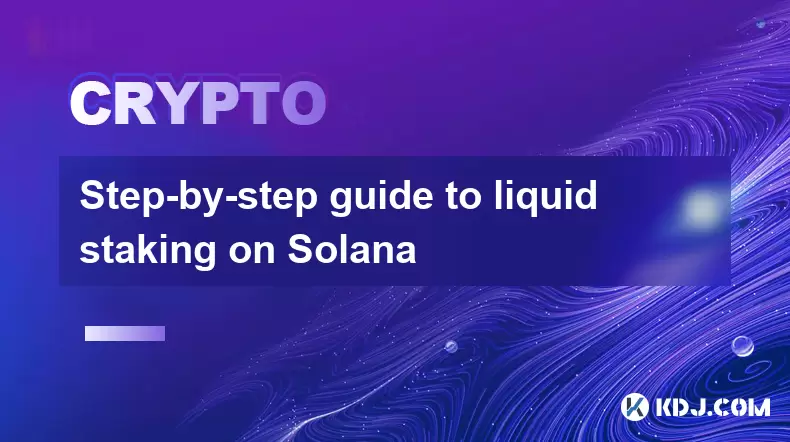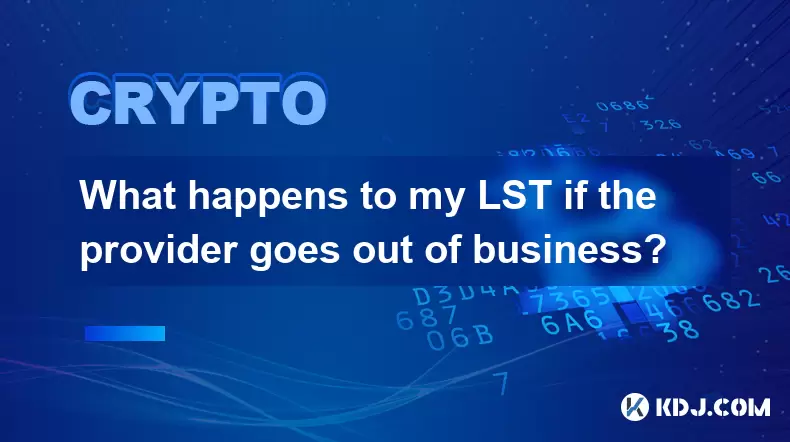-
 Bitcoin
Bitcoin $118400
0.39% -
 Ethereum
Ethereum $3814
2.17% -
 XRP
XRP $3.547
1.34% -
 Tether USDt
Tether USDt $1.000
0.00% -
 BNB
BNB $769.5
2.95% -
 Solana
Solana $191.7
6.36% -
 USDC
USDC $0.9999
0.01% -
 Dogecoin
Dogecoin $0.2722
7.75% -
 Cardano
Cardano $0.8995
5.59% -
 TRON
TRON $0.3158
-0.78% -
 Hyperliquid
Hyperliquid $47.37
4.46% -
 Stellar
Stellar $0.4848
3.54% -
 Sui
Sui $4.031
1.72% -
 Chainlink
Chainlink $20.11
3.94% -
 Hedera
Hedera $0.2832
3.16% -
 Avalanche
Avalanche $26.20
4.27% -
 Bitcoin Cash
Bitcoin Cash $530.5
0.67% -
 Shiba Inu
Shiba Inu $0.00001568
3.59% -
 Litecoin
Litecoin $118.4
1.42% -
 UNUS SED LEO
UNUS SED LEO $8.976
-0.23% -
 Toncoin
Toncoin $3.349
2.54% -
 Polkadot
Polkadot $4.590
2.54% -
 Uniswap
Uniswap $10.56
-0.59% -
 Ethena USDe
Ethena USDe $1.001
0.00% -
 Monero
Monero $327.7
0.39% -
 Pepe
Pepe $0.00001422
2.62% -
 Bitget Token
Bitget Token $4.973
-1.22% -
 Dai
Dai $1.000
0.02% -
 Aave
Aave $331.9
1.59% -
 Bittensor
Bittensor $429.6
-0.56%
How do liquid staking tokens maintain their peg?
Liquid staking tokens maintain a 1:1 peg with staked assets through arbitrage, smart contracts, and economic incentives, ensuring stability and trust in decentralized finance systems.
Jul 22, 2025 at 01:07 am

Understanding the Mechanism Behind Liquid Staking Tokens
Liquid staking tokens (LSTs) are derivative assets that represent staked cryptocurrency on proof-of-stain (PoS) networks. When a user stakes their crypto through a liquid staking provider, they receive an equivalent amount of LSTs in return. These tokens are designed to maintain a 1:1 peg with the value of the underlying staked asset. Maintaining this peg is critical for the functionality and trust in the system.
The peg is maintained through a combination of economic incentives, arbitrage opportunities, and smart contract mechanisms. These systems are built to ensure that any deviation from the peg is quickly corrected by market forces or protocol-level adjustments.
Economic incentives play a central role in ensuring the stability of liquid staking tokens. Validators and liquidity providers are rewarded for maintaining the system’s integrity. Any imbalance in supply and demand is naturally corrected through the behavior of market participants who seek to profit from arbitrage opportunities.
Arbitrage as a Stabilizing Force
One of the most important mechanisms that help maintain the peg is arbitrage. If the market price of a liquid staking token deviates from its peg—either trading above or below the value of the underlying asset—arbitrageurs step in to exploit the price difference.
For example, if an LST trades at a premium, arbitrageurs can stake the underlying asset and mint new LSTs, then sell them at the higher market price, thereby increasing supply and pushing the price back down. Conversely, if the token trades at a discount, arbitrageurs can buy the LST cheaply, redeem it for the underlying asset, and sell that asset for a profit, increasing demand for the LST and pushing its price back up.
This dynamic ensures that the price of the LST remains closely aligned with the value of the underlying staked asset, even in volatile market conditions.
Smart Contract Guarantees and Redemption Mechanisms
At the core of liquid staking protocols are smart contracts that guarantee the redeemability of LSTs for the underlying staked asset. These contracts are audited and transparent, ensuring that users can always redeem their LSTs for the correct amount of the original asset, plus accrued staking rewards.
This trustless redemption mechanism is a key factor in peg maintenance. Users are confident that they can always convert their LSTs back into the base asset, which discourages long-term deviations from the peg.
- Users deposit staking assets into a smart contract
- The contract issues LSTs in return
- Users can redeem these LSTs for the underlying asset plus staking yield
This mechanism ensures that the peg remains intact because users can always validate the token’s backing through on-chain redemption.
Role of Liquid Staking Providers in Peg Stability
Liquid staking providers such as Lido, Rocket Pool, and others play a crucial role in maintaining peg stability. They operate the underlying staking infrastructure and ensure that the issuance and redemption of LSTs are seamless and trustless.
These providers often implement slashing protection mechanisms and maintain high uptime to prevent losses from network penalties. By doing so, they protect the value of the LSTs and maintain user confidence in the peg.
- Providers maintain reserve ratios and validator performance
- They implement risk mitigation strategies to avoid slashing events
- Transparent reporting and audits ensure continued trust in the system
These operational safeguards ensure that the LSTs remain backed by real staked assets and that the peg remains stable over time.
Market Confidence and External Liquidity Pools
The peg is also supported by external liquidity pools on decentralized exchanges (DEXs). Platforms like Curve Finance or Balancer provide deep liquidity for LSTs and their underlying assets, making it easier for users to swap between them.
These pools often have low slippage and high trading volume, which enhances the efficiency of arbitrage and helps keep the peg tight. Additionally, liquidity providers are incentivized to maintain balanced pools through yield farming rewards.
- Liquidity pools allow seamless conversion between LSTs and native assets
- Low slippage ensures minimal price impact during swaps
- Incentives encourage continuous liquidity provision
These external liquidity mechanisms provide real-time price discovery and ensure that the LSTs trade close to their peg.
Frequently Asked Questions
What happens if a liquid staking token loses its peg permanently?
Permanent peg loss is rare due to the redeemability of LSTs through smart contracts. If a token consistently trades below the peg, arbitrageurs will buy and redeem it, restoring balance. However, systemic failures like smart contract exploits or massive slashing events could cause temporary or permanent peg loss.
Can users redeem LSTs instantly for the underlying asset?
Redemption times vary depending on the protocol. Some platforms allow instant swaps via liquidity pools, while actual redemption for staked assets may require waiting for unbonding periods, which can last from days to weeks.
Are all liquid staking tokens pegged 1:1 to the underlying asset?
Yes, most LSTs are designed to be pegged 1:1 to the staked asset. However, some protocols may use a floating exchange rate model where the ratio changes over time to reflect staking rewards.
Do liquid staking tokens earn staking rewards automatically?
Yes, staking rewards are typically reflected in the value of the LST over time. Alternatively, some protocols allow users to claim rewards directly or automatically rebalance the token's value to include accrued yield.
Disclaimer:info@kdj.com
The information provided is not trading advice. kdj.com does not assume any responsibility for any investments made based on the information provided in this article. Cryptocurrencies are highly volatile and it is highly recommended that you invest with caution after thorough research!
If you believe that the content used on this website infringes your copyright, please contact us immediately (info@kdj.com) and we will delete it promptly.
- Bitcoin, Trump Media, and Acquisition: A New York Perspective
- 2025-07-22 06:30:12
- Venture Capital, Crypto Treasuries, and Ethena (ENA): A New York Perspective
- 2025-07-22 06:50:13
- Solana: Building a Decentralized Nasdaq with Block Assembly Marketplace?
- 2025-07-22 06:30:12
- Jito, BAM, and Solana MEV: A New Era for Blockspace?
- 2025-07-22 06:50:13
- Trump Media, Bitcoin, and Congress: A New Era of Crypto Politics?
- 2025-07-22 04:30:12
- Whales, Momentum, and SHIB: What's the Deal?
- 2025-07-22 05:10:13
Related knowledge

Understanding the composition of a liquid staking token's yield
Jul 20,2025 at 09:07am
What Is a Liquid Staking Token?A liquid staking token is a representative asset issued to users who stake their native cryptocurrency on a proof-of-st...

What to do during an LST depeg event
Jul 20,2025 at 04:57pm
Understanding LST Depeg EventsAn LST (Liquid Staking Token) depeg event occurs when the token, which is typically pegged to the value of the underlyin...

What are the best wallets for storing LSTs?
Jul 21,2025 at 03:14pm
Understanding LSTs and the Need for Secure StorageLSTs, or Liquid Staking Tokens, are derivative tokens representing staked assets on a blockchain. Wh...

Step-by-step guide to liquid staking on Solana
Jul 20,2025 at 06:42am
What is Liquid Staking on Solana?Liquid staking is a mechanism that allows users to stake their cryptocurrency while retaining liquidity through the i...

What happens to my LST if the provider goes out of business?
Jul 19,2025 at 10:21pm
Understanding LST and Its Dependence on ProvidersWhen you stake your Ethereum (ETH) through a Liquid Staking Token (LST) provider, you receive a token...

Are there insurance options for liquid staking?
Jul 19,2025 at 06:08pm
Understanding Liquid Staking and Its RisksLiquid staking is a process where users stake their cryptocurrency assets to participate in network validati...

Understanding the composition of a liquid staking token's yield
Jul 20,2025 at 09:07am
What Is a Liquid Staking Token?A liquid staking token is a representative asset issued to users who stake their native cryptocurrency on a proof-of-st...

What to do during an LST depeg event
Jul 20,2025 at 04:57pm
Understanding LST Depeg EventsAn LST (Liquid Staking Token) depeg event occurs when the token, which is typically pegged to the value of the underlyin...

What are the best wallets for storing LSTs?
Jul 21,2025 at 03:14pm
Understanding LSTs and the Need for Secure StorageLSTs, or Liquid Staking Tokens, are derivative tokens representing staked assets on a blockchain. Wh...

Step-by-step guide to liquid staking on Solana
Jul 20,2025 at 06:42am
What is Liquid Staking on Solana?Liquid staking is a mechanism that allows users to stake their cryptocurrency while retaining liquidity through the i...

What happens to my LST if the provider goes out of business?
Jul 19,2025 at 10:21pm
Understanding LST and Its Dependence on ProvidersWhen you stake your Ethereum (ETH) through a Liquid Staking Token (LST) provider, you receive a token...

Are there insurance options for liquid staking?
Jul 19,2025 at 06:08pm
Understanding Liquid Staking and Its RisksLiquid staking is a process where users stake their cryptocurrency assets to participate in network validati...
See all articles

























































































